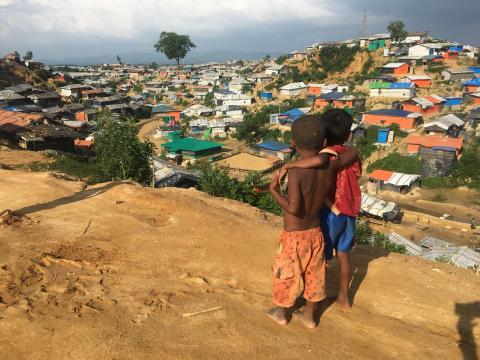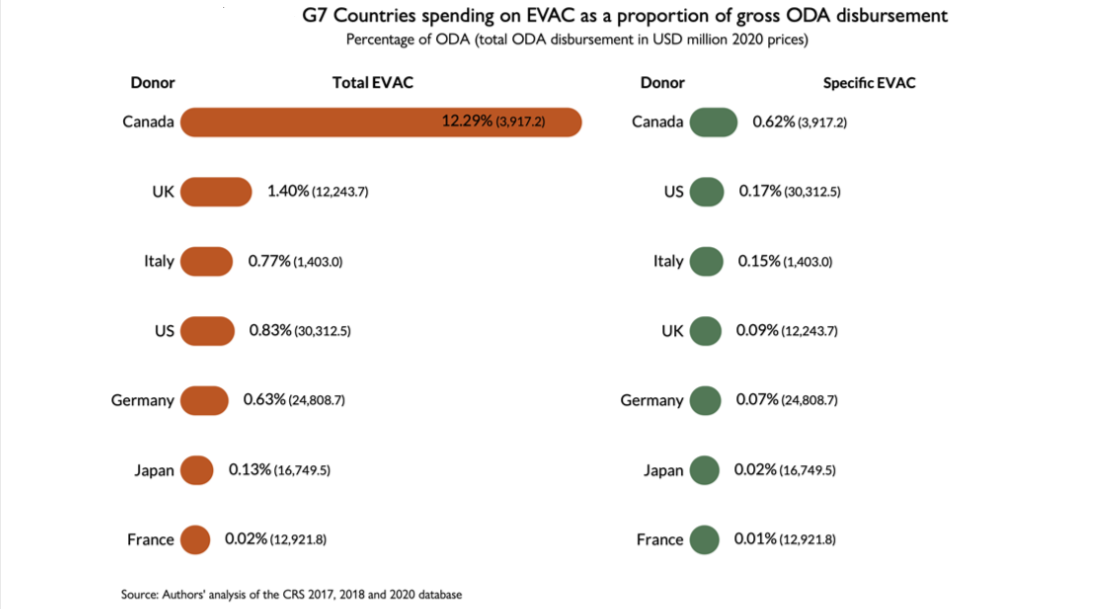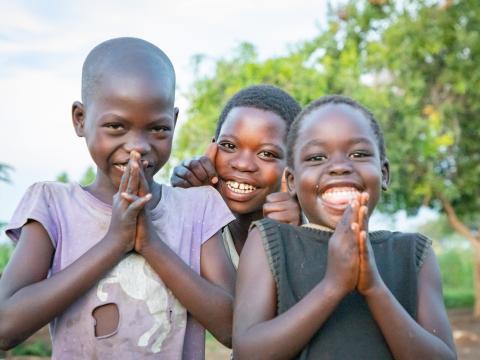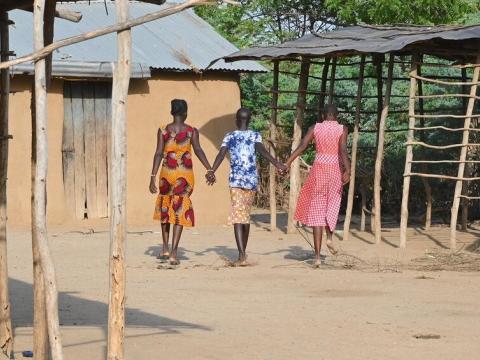
G7 must offer more than words to protect children from violence
Tamara Tutnjevic challenges G7 leaders to take a serious look at their countries' investment in protecting children--or lack of it.
We are approaching yet another meeting of G7 governments, a meeting that is always dominated by the big political issues such as war in Ukraine or global hunger crisis. But somewhere on the margins, this important body of world leaders sometimes discusses other issues critical for sustainable development and for future of the world’s children. Girls' education in emergencies or maternal health for example. Last year, G7 countries issued inter-ministerial declaration committing to joint action against child sexual violence online. This was an important recognition of the problem that plagues millions of children worldwide and within G7 countries.
Building on this commitment, our partners - the Brave movement of Survivors of Sexual Violence in Childhood have pushed strongly G7 governments to go step further and step up their action and investment to end sexual violence in childhood. Their action is timely – COVID-19, conflict and most recently the crisis in Ukraine have placed more children at risk of violence including sexual violence. Surely, the growing problem that already affects every second child in the world should demand priority attention and investment from policy makers and donors? Sadly, that has not been the case. While there is no shortage of commitments and international standards, the investments in preventing and ending violence against children have been shockingly low.
To assess how much G7 governments prioritise the issue of violence against children, we looked at their Overseas Development Assistance (ODA) investment data from 2020. Results have been deeply concerning. The total investment from G7 countries to end violence against children (EVAC) in 2020 was 1.095 million USD, 4% less than in the 2018. Out of this, G7 countries invested only 110 million USD into projects exclusively targeting violence against children – a 57% decrease from the previous 2018. This means that most of their investment went to projects that to some extent address this issue alongside with other child rights or violence inflicted on adults.
The majority of the G7 countries invested less than 1% of their ODA to end violence against children. The only exception is Canada that invested over 12%.

While funding prevention and response to violence against children is the first and foremost role of national governments, the ODA still plays critical role especially in fragile and humanitarian contexts where states are often weak to act. ODA is also an important catalyst of domestic investment in low- and mid-income countries. If this is the level of priority and investment that the strongest economies in the world, and in Europe, allocate to this issue, what message does that send to the less developed and poorer nations? What assurance does it give to children living in the most difficult contexts facing the most horrific forms of violence?
With the world wrestling so many crises, it is easy for global leaders to dismiss issues critical for children to survive and thrive. Members of the Brave movement are people who survived sexual violence in childhood. People who kept courage and overcome unimaginable personal experiences, lifelong struggle with consequences of sexual violence and often betrayal of those they trusted the most. Their courage and motivation to act is an inspiration to me. And it should be an inspiration to G7 leaders as they meet next week. They too should be brave and follow up commitments with concrete actions and investments.
Tamara Tutnjevic is World Vision’s Senior Policy Advisor, Ending Violence Against Children. Followe Tamara on Twitter at @ttutnjevic_vac

